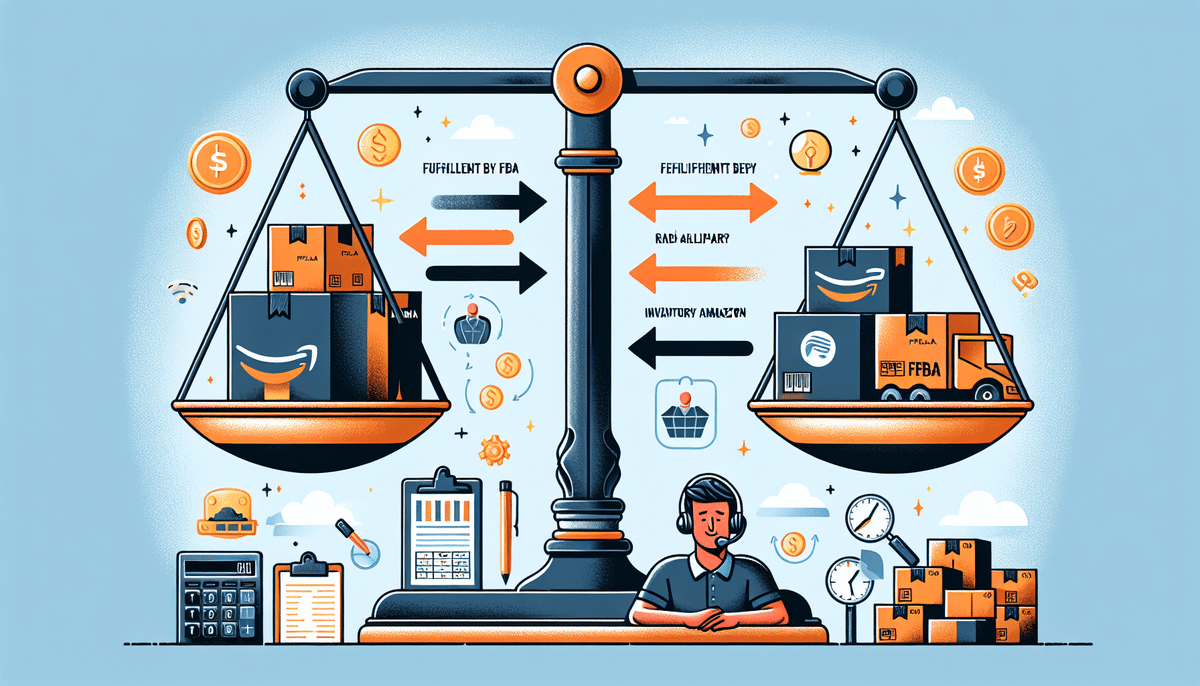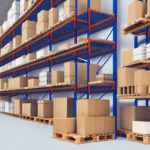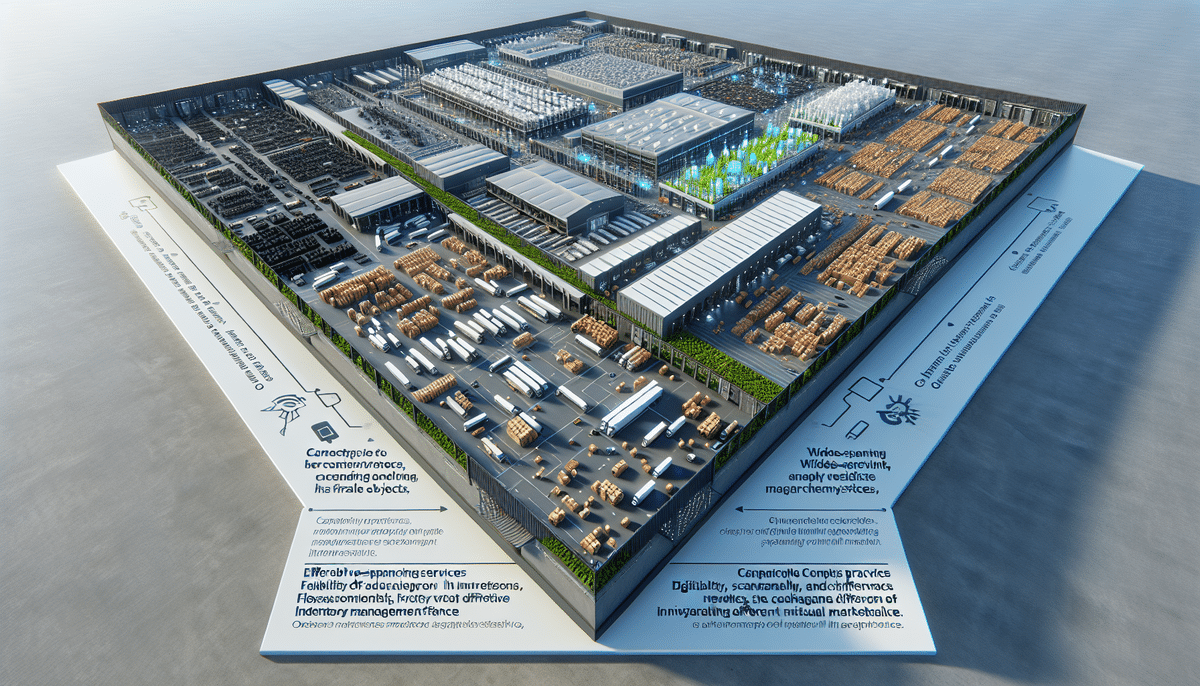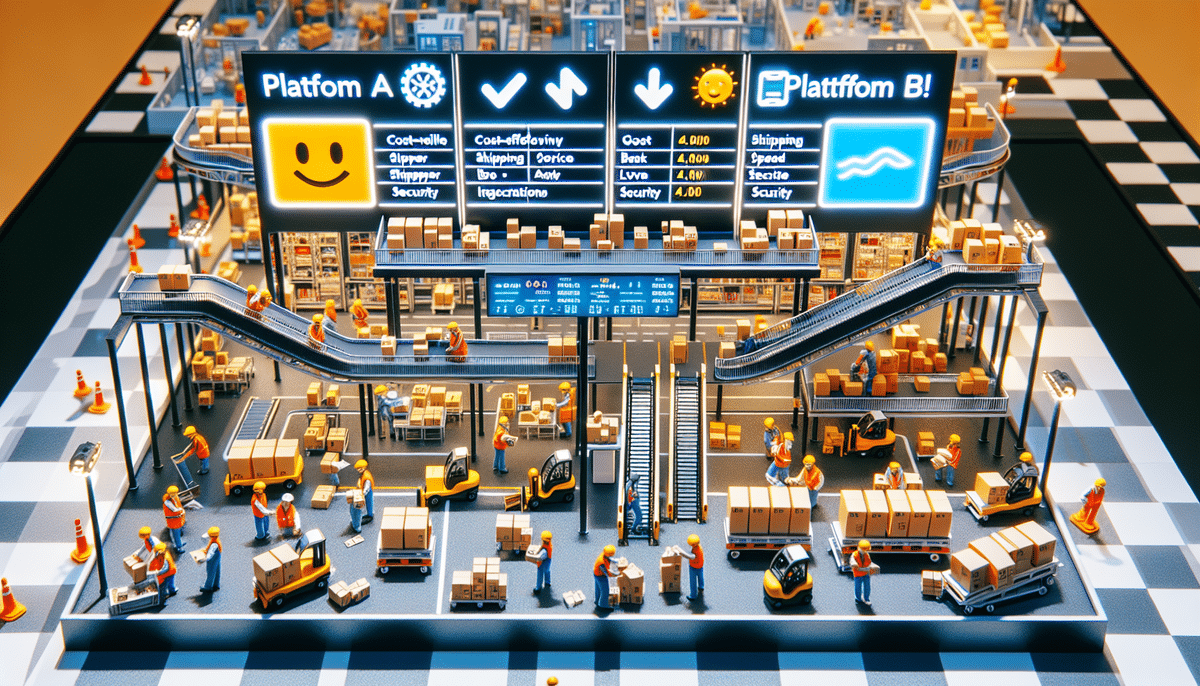Introduction
If you're running an ecommerce business, order fulfillment can be a challenge. Fortunately, there are specialized companies that handle order fulfillment, allowing businesses to focus on other critical aspects of their operations. Two such companies often compared are Fulfillment by Amazon (FBA) and Red Stag Fulfillment. This article provides an in-depth analysis of both services to help you determine which is best suited for your business needs.
Overview of Fulfillment Services
Fulfillment by Amazon (FBA)
Fulfillment by Amazon (FBA) is a service offered by Amazon that enables third-party sellers to store their products in Amazon's fulfillment centers. When an order is placed, Amazon handles the picking, packing, and shipping of the product directly to the customer. Additionally, FBA manages customer service inquiries, returns, and refunds, providing a seamless experience for both sellers and buyers.
Red Stag Fulfillment
Red Stag Fulfillment is a privately owned fulfillment service that offers customized order fulfillment solutions for businesses of all sizes. Unlike FBA, Red Stag focuses on providing bespoke services, including high accuracy guarantees and specialized handling for larger or heavier products. Their services encompass pick and pack, returns processing, and inventory management, tailored to meet the specific needs of each client.
Pricing Structures
FBA Pricing
FBA's pricing is based on several factors, including the size and weight of the product, as well as the duration it remains in Amazon's fulfillment centers. Fees include storage fees, fulfillment fees per unit, and additional charges for services like multi-channel fulfillment. According to Amazon's [FBA pricing guidelines](https://sellercentral.amazon.com/gp/help/external/200280690), fees can vary significantly depending on the product category and sales volume.
Red Stag Fulfillment Pricing
Red Stag Fulfillment offers a flat fee per order, which can be more cost-effective for businesses dealing with larger or heavier products. This pricing model eliminates the complexity of varying fees based on size and weight, providing predictability in costs. Additionally, Red Stag includes a high accuracy guarantee in their pricing, ensuring that errors in fulfillment are covered without additional charges.
Pros and Cons
Advantages of Fulfillment by Amazon (FBA)
- Speed: Amazon's global network of fulfillment centers enables rapid shipping, often offering same-day or next-day delivery.
- Prime Shipping: Products fulfilled by Amazon are eligible for Amazon Prime, attracting millions of loyal Prime members.
- Customer Service: Amazon handles customer service inquiries, returns, and refunds, reducing the seller's administrative burden.
- Inventory Storage: Sellers can store their inventory in Amazon's fulfillment centers, saving on storage management costs.
- Vast Customer Base: Access to Amazon's extensive customer network can significantly boost sales and visibility.
Disadvantages of Fulfillment by Amazon (FBA)
- Strict Policies: Amazon enforces stringent guidelines that sellers must follow, with non-compliance potentially leading to account suspension.
- Additional Costs: Beyond storage and fulfillment fees, services like multi-channel fulfillment and inventory removals incur extra charges, which can accumulate over time.
Advantages of Red Stag Fulfillment
- High Accuracy Guarantee: Red Stag boasts a 99.98% accuracy rate in order fulfillment, surpassing FBA's guarantee.
- Cost-Effective Pricing: A flat fee per order can be more economical for businesses with larger or heavier products.
- Low Minimum Order Requirements: No long-term contracts, making it ideal for small and medium-sized businesses.
- Advanced Inventory Management: Real-time tracking helps businesses make informed decisions about restocking and inventory levels.
- Security: Secure facilities with 24/7 monitoring and advanced technology prevent theft and ensure product safety.
Disadvantages of Red Stag Fulfillment
- Pricing for High Order Volumes: Flat per-item fees can add up for businesses with a large number of products, potentially increasing overall costs.
- Higher Shipping Rates: Shipping rates may be more expensive compared to other fulfillment providers, impacting the overall profit margins.
- Storage Charges: Charges based on space used rather than order volume, which may not be ideal for businesses with minimal storage needs.
Service Features
Order Fulfillment Process
FBA: The FBA process involves sending your inventory to an Amazon fulfillment center. Once an order is placed, Amazon picks, packs, and ships the product to the customer. Amazon also handles any customer issues, returns, or refunds on behalf of the seller.
Red Stag Fulfillment: Red Stag offers a customized onboarding program where each business's needs are assessed, and an account manager is assigned for smooth integration. Their process includes bulk product receiving, automated order routing, and a 100% accuracy guarantee, ensuring error-free fulfillment.
Customer Service
- FBA: Provides 24/7 customer service support to both sellers and customers, leveraging Amazon's extensive resources.
- Red Stag Fulfillment: Offers customer service during limited hours (Monday–Friday, 8am–5pm ET), focusing on personalized support.
FBA also provides extensive online resources and detailed documentation, facilitating easier self-service for sellers.
Inventory Management
- FBA: Features advanced tools for tracking inventory levels, forecasting sales, and managing restocks efficiently.
- Red Stag Fulfillment: Provides customized reporting tailored to individual business needs, although with fewer analysis tools compared to FBA.
Shipping Speed and Rates
Both FBA and Red Stag Fulfillment offer competitive shipping speeds, but FBA generally has the advantage due to Amazon's extensive network of fulfillment centers. This allows for faster shipping and the availability of same-day delivery options exclusive to FBA.
Red Stag's shipping speed is commendable and reliable, but may not always match the rapid delivery times achievable through Amazon's infrastructure.
When it comes to shipping rates, the most affordable option depends on factors such as product size, weight, and destination. It's essential to compare rates from each provider based on your specific product and business needs.
Suitability for Different Business Sizes
Small Businesses
Red Stag Fulfillment is often the better option for small businesses due to its low minimum order requirements and absence of long-term contracts. This flexibility allows small businesses to scale their operations without being locked into hefty commitments.
Medium to Large Businesses
FBA tends to be more advantageous for medium to large businesses. It offers advanced inventory analysis tools, robust customer service support, and faster shipping through Amazon's vast fulfillment centers. These features support higher sales volumes and more complex fulfillment needs.
However, it's crucial for businesses to evaluate their specific requirements and compare costs for each service before making a decision.
Integration and Compatibility
Integration Options
Both FBA and Red Stag Fulfillment offer a variety of integration options with major ecommerce platforms, including Shopify, WooCommerce, and Magento. Additionally, Red Stag provides APIs for more advanced customization and automation, allowing businesses to streamline their fulfillment processes seamlessly.
Case Studies and Real-World Examples
Numerous businesses have utilized both FBA and Red Stag Fulfillment with varying experiences:
- Some businesses prefer FBA for its speed and comprehensive customer service, which can lead to increased customer satisfaction and repeat purchases.
- Others opt for Red Stag due to its customization options, high accuracy rates, and more predictable pricing, which can result in lower operational costs.
Researching and reading case studies can provide valuable insights into how each service aligns with different business models and operational needs.
Conclusion: Which Fulfillment Service Should You Choose?
Choosing between FBA and Red Stag Fulfillment ultimately depends on your business's specific needs:
- FBA: Best suited for larger businesses and those requiring advanced inventory analysis tools, extensive customer service support, and rapid shipping capabilities.
- Red Stag Fulfillment: Ideal for small to medium-sized businesses looking for flexibility, lower costs on larger products, and high accuracy in order fulfillment.
Consider all factors, including shipping rates, customer service, inventory management, and your business size, before making a decision. Conducting a thorough cost-benefit analysis and evaluating how each service aligns with your operational requirements will help ensure that you choose the fulfillment partner that best supports your business growth.




















